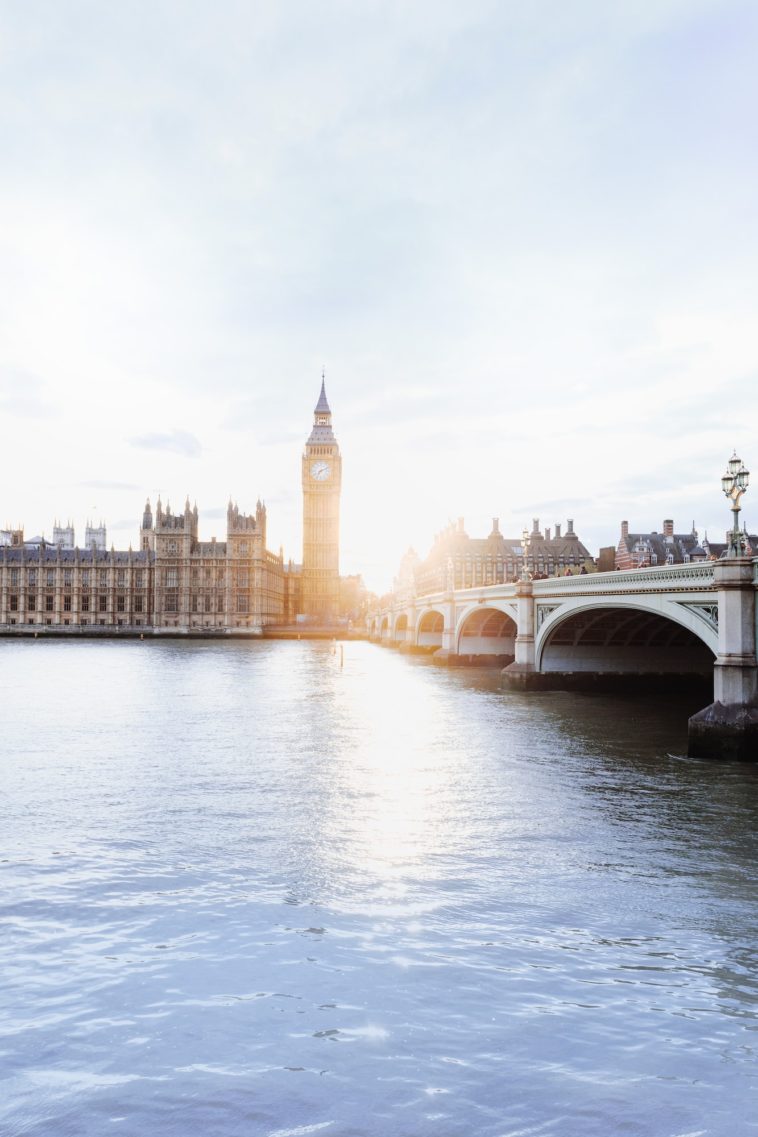The Thames River meanders through the southern territories of England, earning the distinction of being the lengthiest river solely contained within England’s borders. It also stands as the United Kingdom’s second-longest river, second only to the River Severn. While the Thames is predominantly recognized for its traverse through London’s central areas, it also intersects several other notable towns and cities, including Oxford, Reading, Henley-on-Thames, Windsor, Kingston upon Thames, and Richmond.
Geographical Coordinates
Coordinates of the Thames River
| Longitude | Latitude |
|---|---|
| -1.8650 | 51.5072 |
Climate
Climate Data Along the Thames River
| Average Annual Temperature | Average Rainfall | Average Snowfall |
|---|---|---|
| 11°C | 650 mm | 20 mm |
Population Centers
Major Towns and Cities Along the Thames River
| Town/City | Population | GDP (Per Capita) | Official Language | Currency | Religion | Continent |
|---|---|---|---|---|---|---|
| London | 8.8 million | $52,000 | English | British Pound | Christianity | Europe |
| Oxford | 155,000 | $35,000 | English | British Pound | Christianity | Europe |
| Reading | 163,000 | $32,000 | English | British Pound | Christianity | Europe |
| Henley-on-Thames | 11,000 | $40,000 | English | British Pound | Christianity | Europe |
| Windsor | 32,000 | $45,000 | English | British Pound | Christianity | Europe |
| Kingston upon Thames | 175,000 | $42,000 | English | British Pound | Christianity | Europe |
| Richmond | 22,000 | $50,000 | English | British Pound | Christianity | Europe |
Historical Significance
The Thames River has long been a central artery for England, both economically and culturally. From the Roman era, where it served as a gateway to the island nation, to its role in seminal events like the Magna Carta’s signing in 1215 at Runnymede near Windsor, the river has been a silent witness to the country’s evolution.
Environmental Concerns
The Thames is a vibrant ecosystem that supports various plant and animal species. While considerable improvements in water quality have been noted in recent decades, environmental concerns persist, including industrial and agricultural pollution. The Thames Barrier, a feat of modern engineering, was constructed to safeguard London against flood risks arising from tidal surges.
Economic Importance
The Thames River functions as a major economic lifeline for the region. With the Port of London, one of the UK’s largest ports, located along its route, the river is indispensable for trade and commerce. Additionally, recreational activities like boating and fishing bring economic benefits to local communities. Significant academic and commercial establishments, such as the University of Oxford, are also situated near the river, contributing to its economic value.
Cultural Impact
The Thames has made an indelible mark on British culture, inspiring numerous artists, authors, and musicians throughout history. Works like “Three Men in a Boat” by Jerome K. Jerome and “The Hay Wain” by John Constable have used the river as a muse. Cultural events, including the annual Oxford-Cambridge Boat Race, highlight the river’s ongoing importance in British life.
Conclusion
The Thames River is not merely a geographical feature; it is an integral part of England’s social, economic, and cultural fabric. It serves as more than just England’s longest river or the United Kingdom’s second longest. It is, in essence, the lifeblood of many of the towns and cities it flows through, holding a multifaceted role that impacts various aspects of life in southern England.





